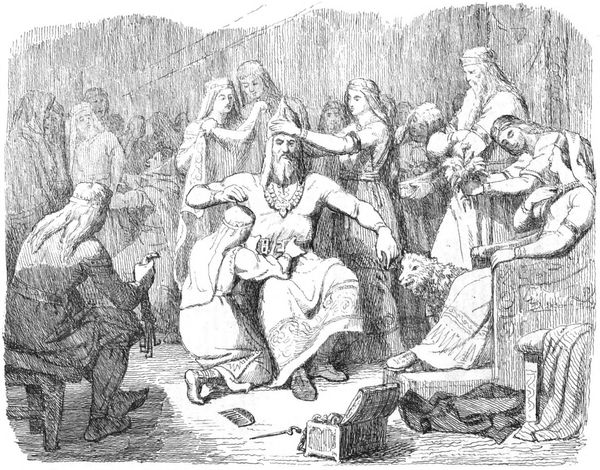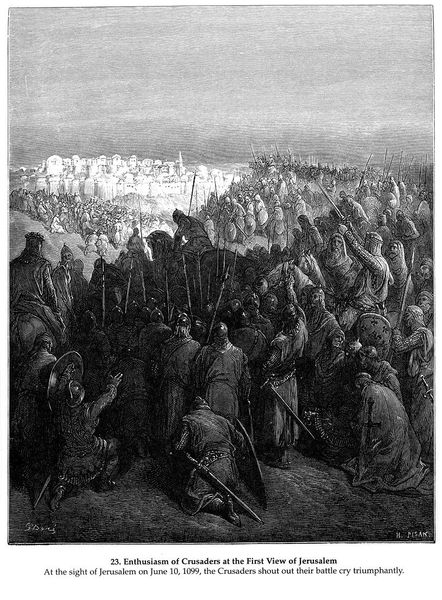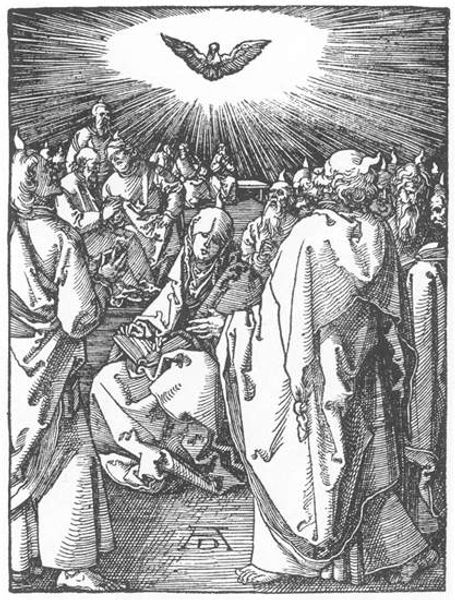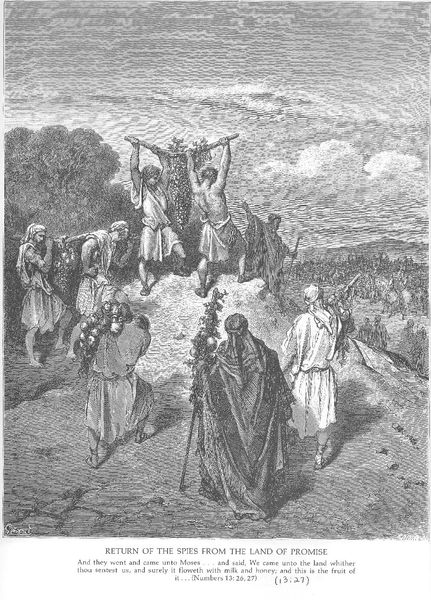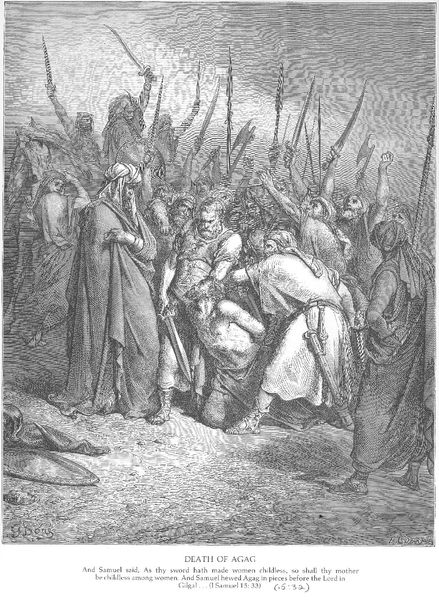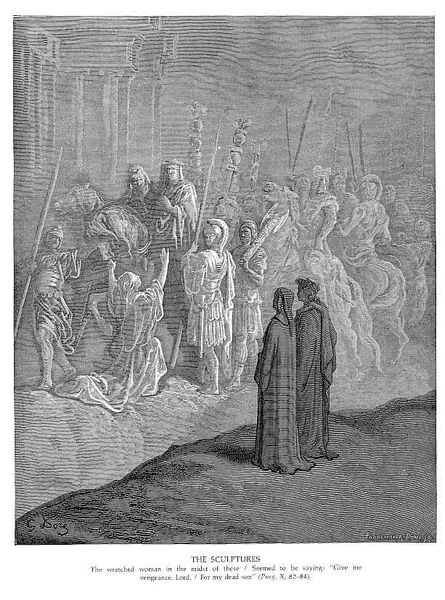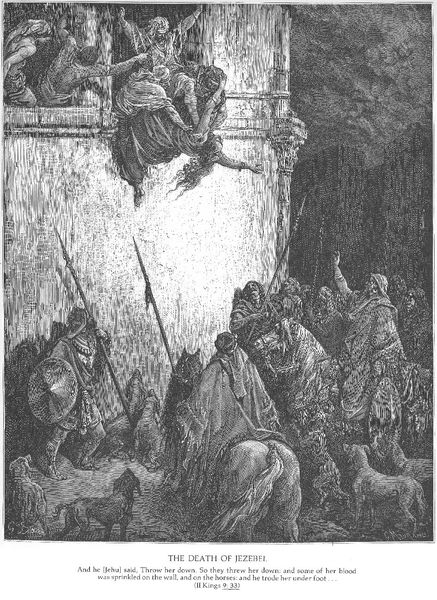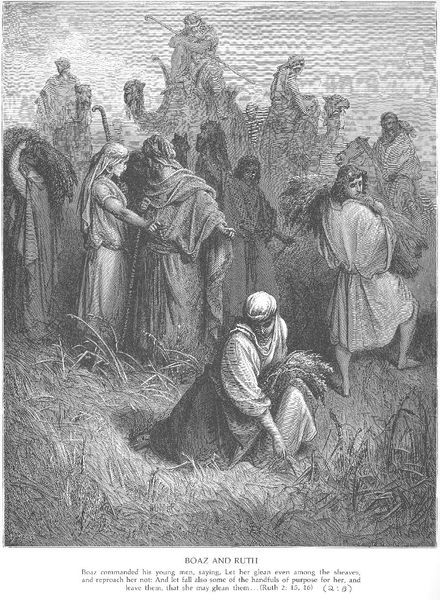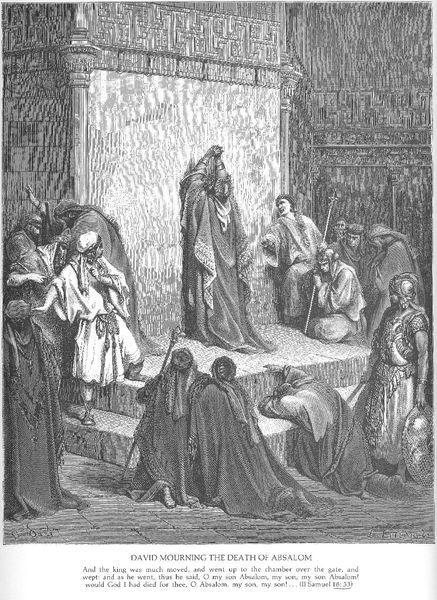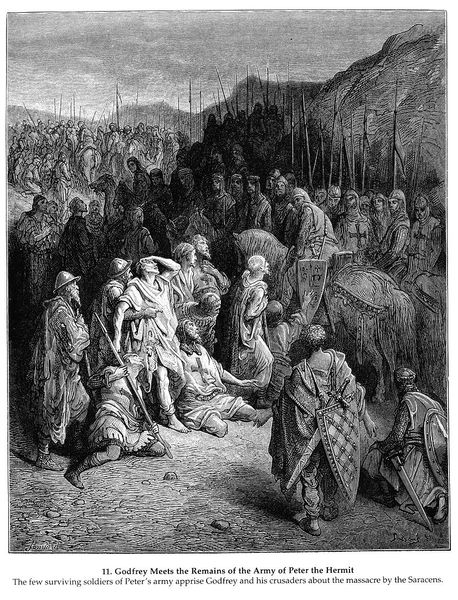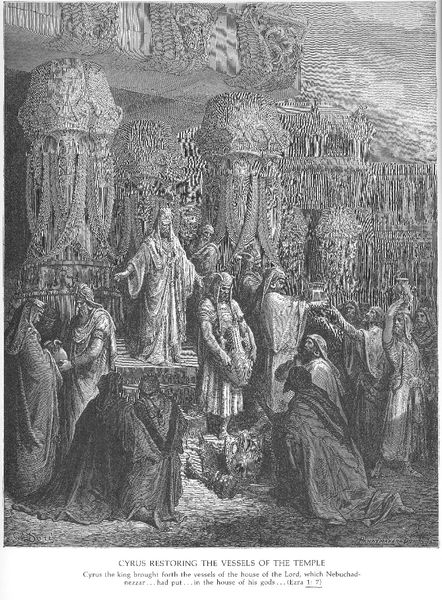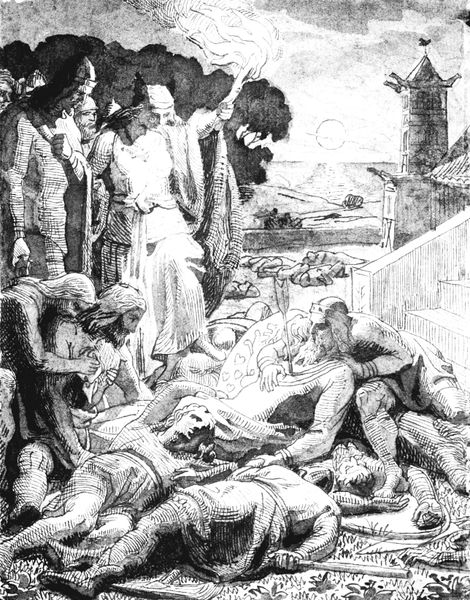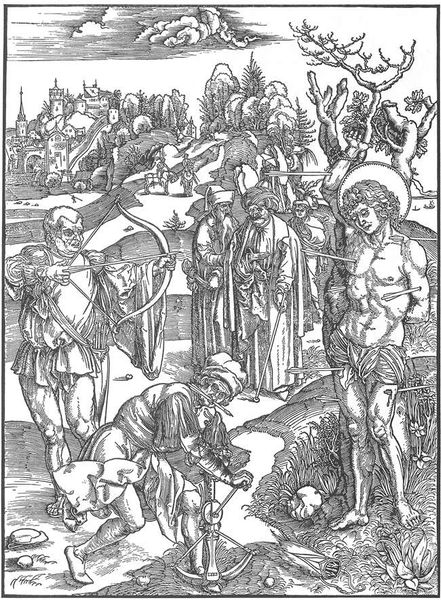
#
portrait
#
multiple drawing in one
#
loose drawing
#
pen sketch
#
incomplete sketchy
#
junji ito style
#
fluid art
#
group-portraits
#
pen-ink sketch
#
tattoo art
#
doodle art
#
fantasy sketch
Copyright: Public domain
Editor: Here we have Nicholas Roerich’s "Figures of Elders," created in 1896. It looks like pen and ink on paper, maybe? It feels like a preliminary sketch, with lots of active lines, giving it a rather unsettling, frenetic energy despite the subject matter. What do you see in this piece, looking at its construction? Curator: Focusing on the formal elements, the work immediately presents a dichotomy. Note the tension arising from the seemingly spontaneous linework used to render a subject traditionally associated with solemnity and respect, those "figures of elders." The sketch-like quality destabilizes the established symbolic order of portraiture, prompting one to ask, what are the possible implications of this conscious choice in materiality and technique? Editor: I hadn’t thought of it like that! So, the deliberate choice of medium contrasts with the implied meaning? Curator: Precisely. Consider how the artist plays with form. The use of hatching and cross-hatching doesn't simply define shape, it creates a certain visual unease. Does this reinforce or undermine the dignity associated with "elders?" Or does the abstraction achieved through these techniques create an interesting compositional push and pull that makes us question our assumptions of who these elders were? Editor: It's interesting how the loose style almost deconstructs the idea of 'elder' into something more abstract. It moves away from individual likeness. Curator: And what does that abstraction achieve? Is it a comment on representation itself? Editor: Maybe it's a reflection on the fallibility of memory, the sketchy recollection of elders past? Curator: Precisely. Through the careful deployment of form, Roerich moves beyond simple depiction to explore profound questions about memory, representation, and even cultural values themselves. Editor: I see now how just analyzing the lines and shapes themselves opens up the whole artwork to new interpretations! Thanks for sharing your perspective.
Comments
No comments
Be the first to comment and join the conversation on the ultimate creative platform.
